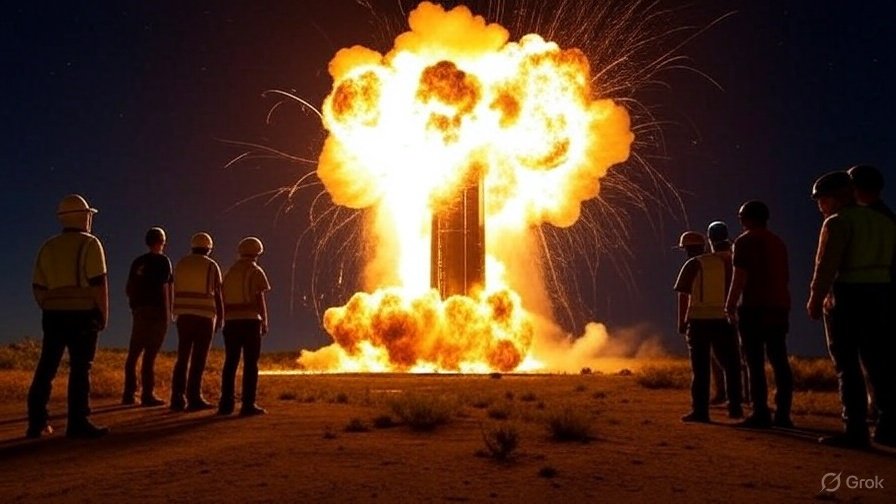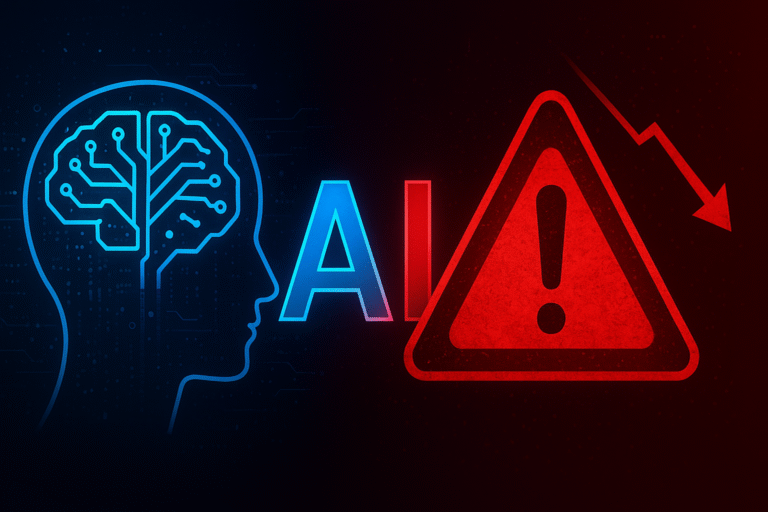
June 2025: Starship 36 erupted during a static fire test at Starbase
Late on June 18, 2025, around 11 p.m. CT, the upper stage of Starship 36 erupted during a static fire test, lighting up the South Texas sky. The explosion, witnessed via livestreams from space enthusiasts, was described by SpaceX as a significant anomaly. Initial findings suggest a nitrogen pressure vessel in the payload bay may have failed, though engineers are still analyzing the cause. No one was injured, and safety measures kept surrounding areas secure. SpaceX is working with local authorities, including Brownsville’s fire department, to ensure the site poses no risks. The FAA may step in to oversee an investigation, potentially pausing further tests. Elon Musk, in his characteristic optimism, took to X to downplay the event as a minor hiccup, but it underscores the challenges of building a rocket as ambitious as Starship.
SpaceX’s Starship program, a bold step toward Mars colonization and NASA’s Artemis lunar missions, thrives on an agile prototyping philosophy where setbacks are opportunities for growth. Each test, even those ending in fiery explosions, refines the rocket’s design. On June 18, 2025, another dramatic incident at SpaceX’s Starbase in South Texas highlighted this approach. Let’s explore the latest explosion and revisit prior tests to see how SpaceX transforms failures into stepping stones for innovation.
Legacy of Learning from Explosions
SpaceX’s iterative testing has led to several high-profile explosions, each yielding critical insights. Here’s a look at key moments:
- April 2023: First Integrated Starship Flight
The initial full-scale Starship launch ended in a mid-air explosion over the Gulf of Mexico. The rocket struggled with stage separation, revealing flaws in structural and engine coordination, which SpaceX later addressed. - November 2023: Second Test Flight
While the Super Heavy Booster separated successfully, both it and the upper stage exploded soon after. This test exposed weaknesses in propulsion systems, leading to upgrades in fuel management. - January 2025: Mid-Flight Failure
A test flight saw Starship detonate before reaching its target trajectory, highlighting issues with heat shielding for reentry. Engineers used the data to bolster thermal protections. - March 2025: Ascent Explosion
Another test flight ended in flames during ascent, pointing to persistent engine performance challenges under high stress. SpaceX refined its propulsion systems as a result. - May 2025: Pre-Flight Blast
- A static fire test triggered an explosion, echoing the June 2025 incident. This failure prompted closer scrutiny of component durability under pressure.
Why Explosions Are Part of the Plan
SpaceX’s rapid prototyping embraces failures as data-rich opportunities. Each explosion provides real-world insights that simulations can’t match, helping engineers perfect Starship’s complex systems. This approach has already driven progress, with successful milestones like stage separations and near-orbital flights. Starship remains crucial for NASA’s Artemis III lunar mission and Musk’s vision of a multiplanetary future.
The Road Ahead
The June 2025 explosion is another chapter in SpaceX’s relentless pursuit of innovation. As investigations unfold, SpaceX continues to refine Starship, proving that every setback brings them closer to revolutionizing space travel. Keep an eye on this trailblazing journey as it reshapes humanity’s cosmic ambitions.




